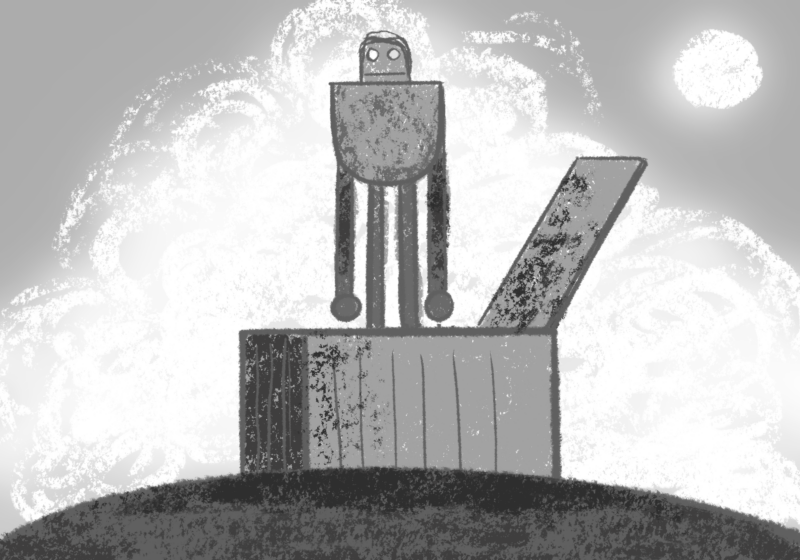Recent research suggests that an asteroid or comet that collided into Earth 251 million years ago was a key factor in the cascade of events that led to the ?Great Dying,? the biggest extinction in Earth?s history.
The asteroid, similar to the one that killed the dinosaurs, is estimated to have been six to 12 kilometers wide and would have caused considerable damage.
The research, conducted by a group of researchers that included scientists from UR, University of Washington, NASA and New York University, was published in a February issue of Science magazine.
?The impact of a bolide of this size releases an amount of energy that is basically about one million times the largest earthquake recorded during the last century. It was like a magnitude 12.0 earthquake on the Richter scale,? said Robert Poreda, UR professor of earth and environmental sciences.
Cosmic stowaways
Much of the evidence supporting these findings were in the form of cosmic stowaways, such as helium and argon molecules, which were incased in carbon molecules called buckyballs.
The gaseous molecules originated in other parts of the universe and traveled to Earth through the hardy buckyballs as part of the impact from the asteroid.
By conducting measurements, Poreda, post-doctoral associate Andrew Hunt and researchers from the University of Washington proved that the ratios of the gas molecules were indicative of meteorite and comets that must have been formed in space.
?[It is] unlikely that the collision was directly responsible for the extinction,? Washington researcher Luann Becker said in a press release.
?Rather, it may have triggered a series of events, such as the volcanic activity and changes in sea level and climate, that wiped out more than 90 percent of marine animals and about 70 percent of land vertebrates,? she said.
This recent discovery is merely another step in the ongoing research in this area.
In 1996, Becker, Poreda and other colleagues discovered that buckyballs, or fullerenes, near Ontario came from space nearly two billion years ago and arrived on Earth intact.
They also showed that even more complex carbon molecules had survived an impact from space at the same time as the impact that wiped out the dinosaurs
Organic compounds
Their papers have demonstrated how comets and meteorites can deliver organic compounds to Earth, further fuels the theory that early life on Earth could have been instigated by complex carbon compounds from space.
It is possible that the carbon cages could have provided a skeleton for the other molecules that were carried to Earth as well.
Nonetheless, Poreda, who has been doing research in this area for approximately seven years, feels that there is much more to be explored in these areas.
?There are other major mass extinctions over the past 500 million years, and one of the things to provide more closure is to look for impact-related materials at the boundaries, or more clear-cut evidence for the association between these major extinctions,? he said.
He also intends to delve more into the fullerenes? roles in the origin of the Earth.
He will investigate the possibility that the fullerenes had the ability to contain noble gases, which would have caused them to be some of the major carriers of the Earth?s early atmosphere.
?We are trying to clarify whether fullerenes could provide carrier phases for the gases like helium, neon, and argon. Did they come from Earth?s interior or were they a result of bombardment?? Poreda said.
Skepticism
Along the way, though, there has been some skepticism with respect to the scientists? research. Because of its abstractness, many people have not been willing to accept the theories, which contradict conventional wisdom in many ways.
However, Poreda remains optimistic.
?It is exciting to get vindication because people didn?t really understand what we were doing, and it was frustrating because they didn?t understand,? he said.
We think we have much stronger evidence now, so it?s gaining more acceptance, and this is gratifying,? he continued. ?We have a long way to go, though, before we get all the pieces of the puzzle put together.?




